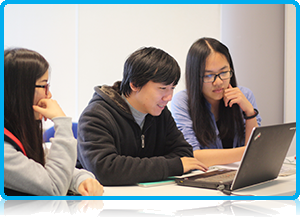“Faster and more intense.”
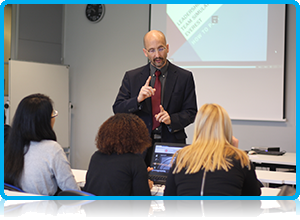 This is how visiting professor James Bowen PhD from the University of Ottawa described the second online game-based simulation session he is teaching at WUAS as part of Project Week this week. The first one, with 80 students, was a year ago when the idea was tested on first and second year bachelor administration students.
This is how visiting professor James Bowen PhD from the University of Ottawa described the second online game-based simulation session he is teaching at WUAS as part of Project Week this week. The first one, with 80 students, was a year ago when the idea was tested on first and second year bachelor administration students.
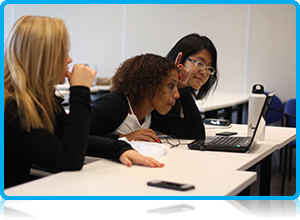 Since 2012, WUAS has been working with a team of international developers to create the world’s first gaming-based higher education learning curriculum – an MBA in which students do their learning within game-based simulations.
Since 2012, WUAS has been working with a team of international developers to create the world’s first gaming-based higher education learning curriculum – an MBA in which students do their learning within game-based simulations.
What is a gamefied-MBA exactly?
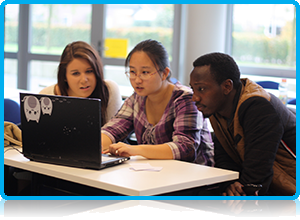 Bowen explains it as follows: “A gamefied MBA is the use of simulations or games as a way of teaching and practicing the material and concepts in a business-environment. A traditional MBA student would attend lectures and they may use cases or do presentations and reports. With a gamefied MBA, what we want is the for the students to develop some understanding of a topic area and then directly practice that in a simulation or a game. The great thing about simulations and games is that the learning objectives are well-defined. We know exactly what we are going to learn in a game and we can measure that very precisely. So what I saw was that students in the learning environment are really bored. When someone stands up there and lectures for three hours... that old-school assembly-line kind of approach just doesn’t work with the new generation.”
Bowen explains it as follows: “A gamefied MBA is the use of simulations or games as a way of teaching and practicing the material and concepts in a business-environment. A traditional MBA student would attend lectures and they may use cases or do presentations and reports. With a gamefied MBA, what we want is the for the students to develop some understanding of a topic area and then directly practice that in a simulation or a game. The great thing about simulations and games is that the learning objectives are well-defined. We know exactly what we are going to learn in a game and we can measure that very precisely. So what I saw was that students in the learning environment are really bored. When someone stands up there and lectures for three hours... that old-school assembly-line kind of approach just doesn’t work with the new generation.”
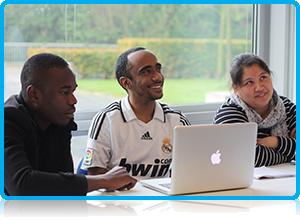 Today about first-year students got to try out the simulation game in a two-hour session. Tomorrow it will be the turn of the second-year students in a three-hour session. Approximately the same number of students will take part this year as last year.
Today about first-year students got to try out the simulation game in a two-hour session. Tomorrow it will be the turn of the second-year students in a three-hour session. Approximately the same number of students will take part this year as last year.
The simulation tested students on their entrepreneurial capabilities in areas including investment, hiring and firing, venture capital, risk management, product development and supply chain management. Teams of students will compete for prizes.
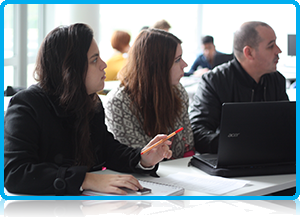 According to Bowen not much has changed in presenting the simulation game to students between this year and last year. “But it is faster and more intense. Last year we combined the first and second and first year students but that didn’t work out so well this year.
According to Bowen not much has changed in presenting the simulation game to students between this year and last year. “But it is faster and more intense. Last year we combined the first and second and first year students but that didn’t work out so well this year.
WUP 6/11/2014
©WUAS Press
by Anesca Smith
